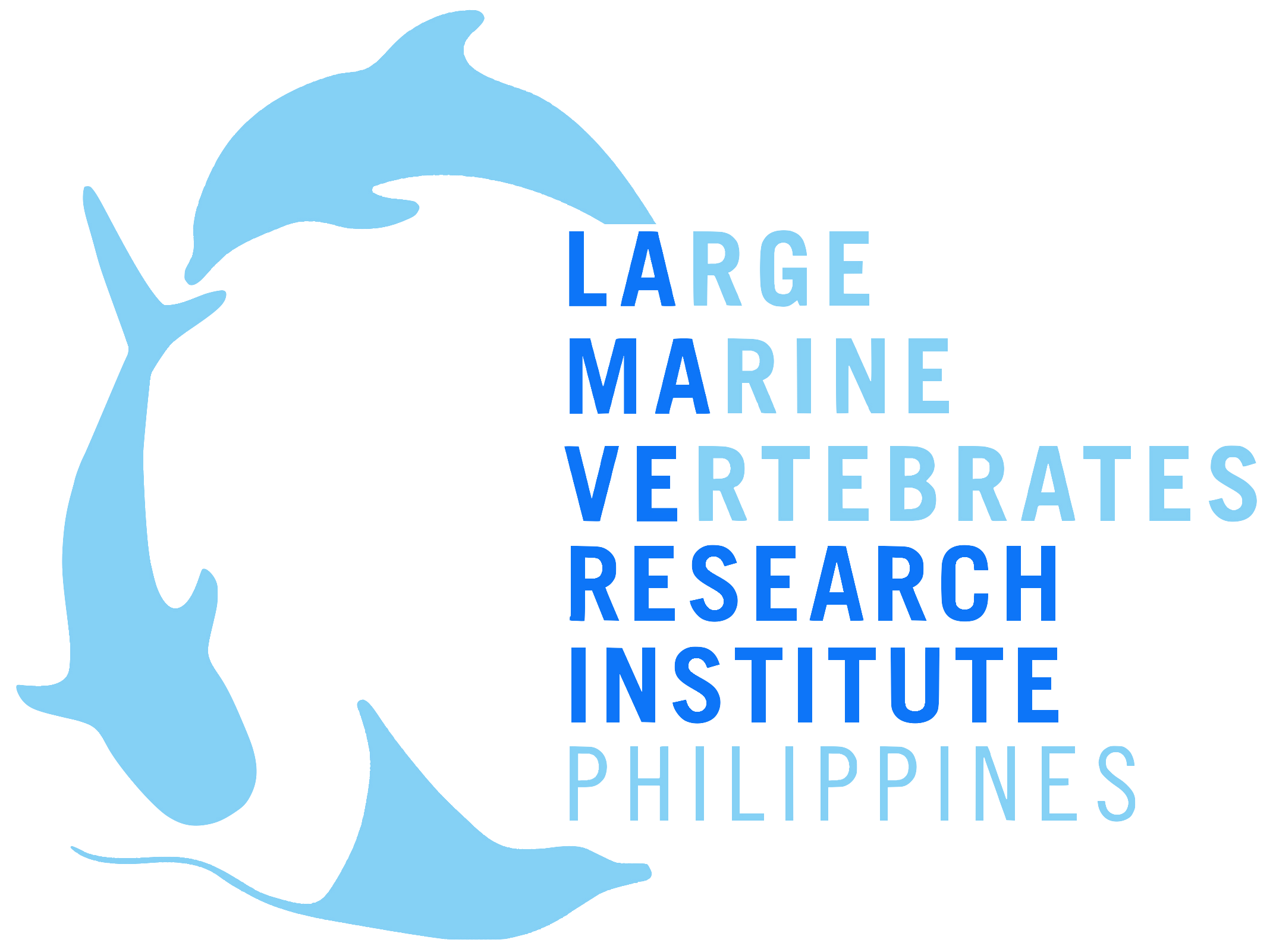PRESS RELEASE
Citizen Scientists Help Identify 1,272 Marine Turtles in the Philippines
Divers and snorkelers have helped identify 1,272 endangered Green (Chelonia mydas) and Hawksbill Turtles (Eretmochelys imbricata) across the Philippines, simply by sharing their photographs. By doing so they’ve become what is known as citizen scientists.
Citizen scientists are members of the general public who collect data relating to the natural world as part of a collaborative project with professional scientists. In this case, photographs of turtles submitted by the public contribute to the National Turtle Catalogue Project run by researchers at Large Marine Vertebrates Research Institute Philippines (LAMAVE). Supported by the National Oceanic and Atmospheric Administration (NOAA), and in collaboration with the Department of Environment and Natural Resources - Biodiversity Management Bureau (DENR-BMB) and Marine Wildlife Watch of the Philippines (MWWP) the project aims to assess the status of Philippine marine turtle populations by understanding where turtles can be found, which species frequent certain areas, and how turtles use these habitats.
The project combines dedicated turtle research by LAMAVE in Apo Island Protected Landscape and Seascape (Negros Oriental), Balicasag Island and Panglao (Bohol) and multiple sites in the south of Cebu, alongside photographic submissions from scuba divers, freedivers, snorkelers, underwater photographers and local community members across the country. This collaboration allows the simultaneous and efficient collection of large amounts of data from multiple research sites.
Photographs hold the key to identifying individual turtles thanks to a non-invasive research technique called photo-identification (‘Photo-ID’). This technique uses the unique patterns on a turtle’s head to distinguish one individual from another without the need for capturing, handling or touching the animal.
Individual turtles identified in the Philippines .
Using this technique, LAMAVE researchers and citizen scientists have recorded 25,614 encounters with Green and Hawksbill Turtles, and identified 1,272 unique individuals across 40 research sites.
By identifying individual marine turtles, scientists can determine population, migration and habitat patterns and work with governments and communities to help design tourism policies and interaction guidelines to better protect and conserve these endangered species.
Members of the public interested in becoming citizen scientists, as well as dive resorts and professionals interested in promoting citizen science can learn more and utilize a new film launched as part of this year’s Month of the Ocean. The film which was produced by LAMAVE is a collaboration between the Department of Environment and Natural Resources - Biodiversity Management Bureau, Philippine Commission on Sports Scuba Diving, Palawan Council for Sustainable Development, Marine Wildlife Watch of the Philippines, Green Fins and The Reef-World Foundation. Dive operators interested in showing the film to their guests (post COVID-19 restrictions) can access the film at https://youtu.be/qYZTDTYQuEM
LAMAVE would like to thank all citizen scientists who have actively contributed to the project so far, as well as our volunteer researchers and partner organizations who have shared their time and resources.
Notes to Editors:
If you would like more information or to arrange an interview with one of the team please contact Sally Snow, Large Marine Vertebrates Research Institute Philippines, email: s.snow[at]lamave.org or call +639772055794
Download a PDF copy of this Press Release. Photos are available upon request.
Film available on YouTube: https://youtu.be/qYZTDTYQuEM
Associated hashtags: #turtleidph #citizenscience #scienceforall #stopIWT
Large Marine Vertebrates Research Institute Philippines (LAMAVE) is the largest independent non-profit non-governmental organization dedicated to the conservation of marine megafauna and their habitats in the Philippines. LAMAVE strives for conservation through scientific research, policy and education. For more information visit: www.lamave.org | Facebook | Instagram | Twitter
Find out more about how citizen science is helping marine conservation in the Philippines at www.lamave.org/citizen-science
Green Turtles (Chelonia mydas) and Hawksbill Turtles (Eretmochelys imbricata) are respectively classified as Endangered (EN) and Critically Endangered (CR) species by the International Union for Conservation of Nature and Natural Resources (IUCN). Locally known as pawikan, Green and Hawksbill Turtles in the Philippines are threatened by the Illegal Wildlife Trade (IWT), habitat degradation, and marine pollution and protected in the Philippines under the Wildlife Conservation Act.





